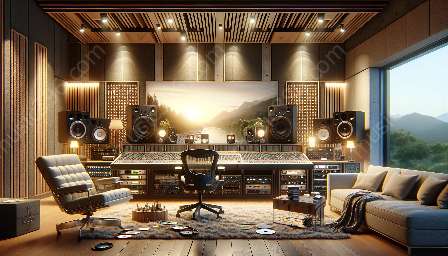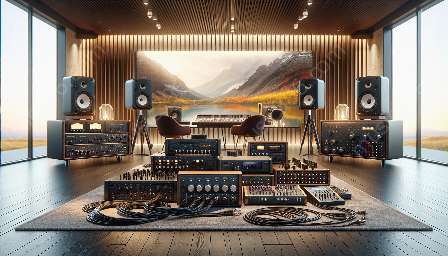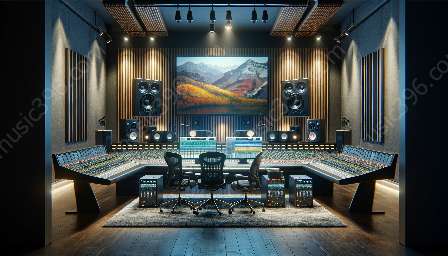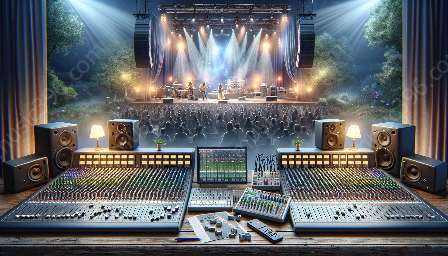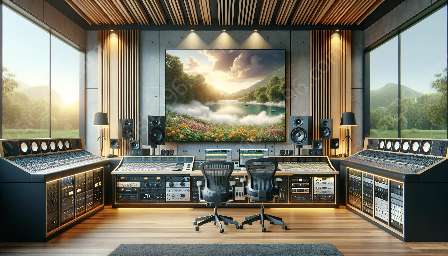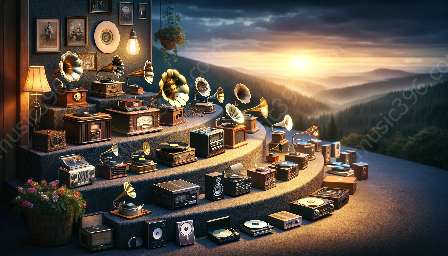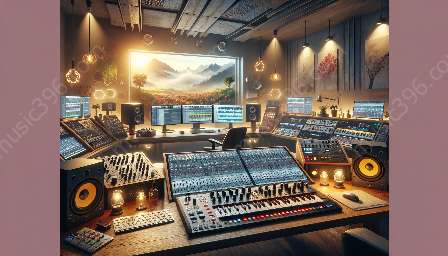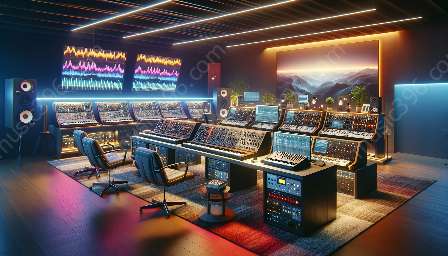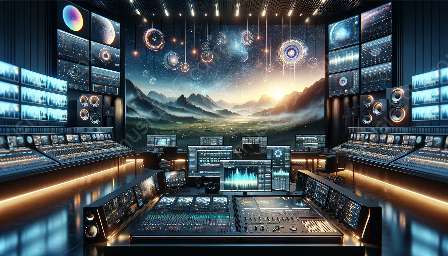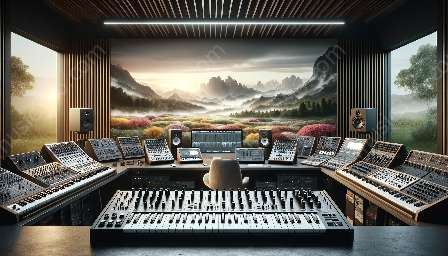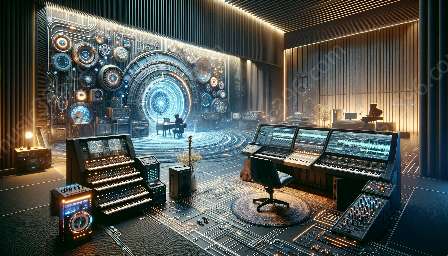Do you want to take your sound recording and CD audio production to the next level? In this comprehensive guide, we'll delve into the fascinating world of mixing techniques and explore the methods, tools, and tips that will help you create professional and captivating mixes. Whether you're a novice or an experienced audio engineer, mastering the art of mixing techniques is essential for achieving sonic excellence.
Understanding Mixing Techniques
Mixing techniques encompass a wide range of processes that shape the final sonic presentation of a recording or audio production. From balancing the levels of individual tracks to applying effects and shaping the overall tonal balance, mixing techniques play a crucial role in creating a polished and cohesive sound.
Effective mixing techniques require a deep understanding of audio fundamentals, a discerning ear, and proficiency with audio processing tools. By mastering these techniques, audio engineers can bring out the best in every element of the mix, resulting in a captivating and immersive listening experience for the audience.
Essential Tools for Sound Recording and CD Audio Mixing
Before diving into the specifics of mixing techniques, it's important to familiarize yourself with the essential tools that form the foundation of sound recording and CD audio mixing:
- Digital Audio Workstations (DAWs): Modern DAWs serve as the central hub for recording, editing, and mixing audio. They offer a wide array of features, including track routing, signal processing, and mixing console emulation, making them indispensable for professional mixing.
- Signal Processors: Comprising equalizers, compressors, reverbs, and delays, signal processors are essential for shaping the sonic character of individual tracks and the overall mix. Understanding how to use these tools effectively is crucial for achieving a balanced and dynamic mix.
- Audio Effects: From subtle enhancements to bold creative flourishes, audio effects such as modulation, distortion, and spatial processing add depth and dimension to the mix. Mastering the art of incorporating these effects can elevate the mix to new heights.
Crucial Mixing Techniques for Sound Recording and CD Audio
Now that we've established the foundational elements, let's delve into the crucial mixing techniques that will empower you to craft compelling and professional-quality mixes:
Balancing Levels and Panning
One of the fundamental aspects of mixing is setting the appropriate levels for each track and positioning them within the stereo field. By achieving a balanced and coherent placement of all elements, the mix gains clarity and spatial depth, enhancing the overall listening experience.
EQ and Frequency Balancing
Equalization (EQ) is a powerful tool for sculpting the tonal balance of individual tracks and the overall mix. By addressing frequency imbalances and enhancing the sonic character of each element, meticulous EQing can transform a mix from mediocre to extraordinary.
Dynamic Processing and Compression
Dynamic processors, particularly compressors, play a pivotal role in controlling the dynamic range of audio signals. They help in achieving consistent levels, adding punch, and shaping the transient behavior of instruments and vocals, contributing to a polished and cohesive mix.
Reverberation and Spatial Effects
Adding spatial depth and ambience to the mix through reverberation and other spatial effects is essential for creating a captivating sonic landscape. Understanding the nuanced application of spatial effects can transport the listener into a rich and immersive audio environment.
Automation and Creative Mixing
Utilizing automation to dynamically control parameters throughout the mix, applying creative processing, and experimenting with unconventional techniques can infuse character and emotion into the mix, elevating it from technically proficient to artistically compelling.
Tips for Achieving Outstanding Mixes
As you venture into the realm of mixing techniques, consider the following tips to take your mixes to the next level:
- Reference Listening: Regularly reference your mixes on various playback systems to ensure compatibility and satisfactory translation across different environments.
- Ear Training: Develop and refine your listening skills through dedicated ear training exercises and critically analyzing professional mixes across various genres.
- Subtractive Mixing: Embrace the principle of subtractive mixing by identifying and attenuating problematic frequencies before resorting to excessive boosting.
- Mix Bus Processing: Implement subtle mix bus processing to enhance the overall cohesion and impact of the mix, balancing the fine line between enhancement and over-processing.
- Continual Learning: Stay abreast of the latest developments in mixing techniques, tools, and trends through workshops, online resources, and interaction with fellow audio professionals.
Embrace the Art of Mixing Techniques
The art of mixing techniques in sound recording and CD audio production is a dynamic and multifaceted endeavor that demands both technical prowess and artistic sensibility. By honing your craft, exploring new approaches, and embracing the interplay of creativity and technology, you can create mixes that transcend mere sonic reproduction and engage listeners on a profound emotional level.
Are you ready to embark on this enriching journey of sonic exploration and mastery? Elevate your sound recording and CD audio productions with informed decision-making, innovative experimentation, and a deep appreciation for the art of mixing.


